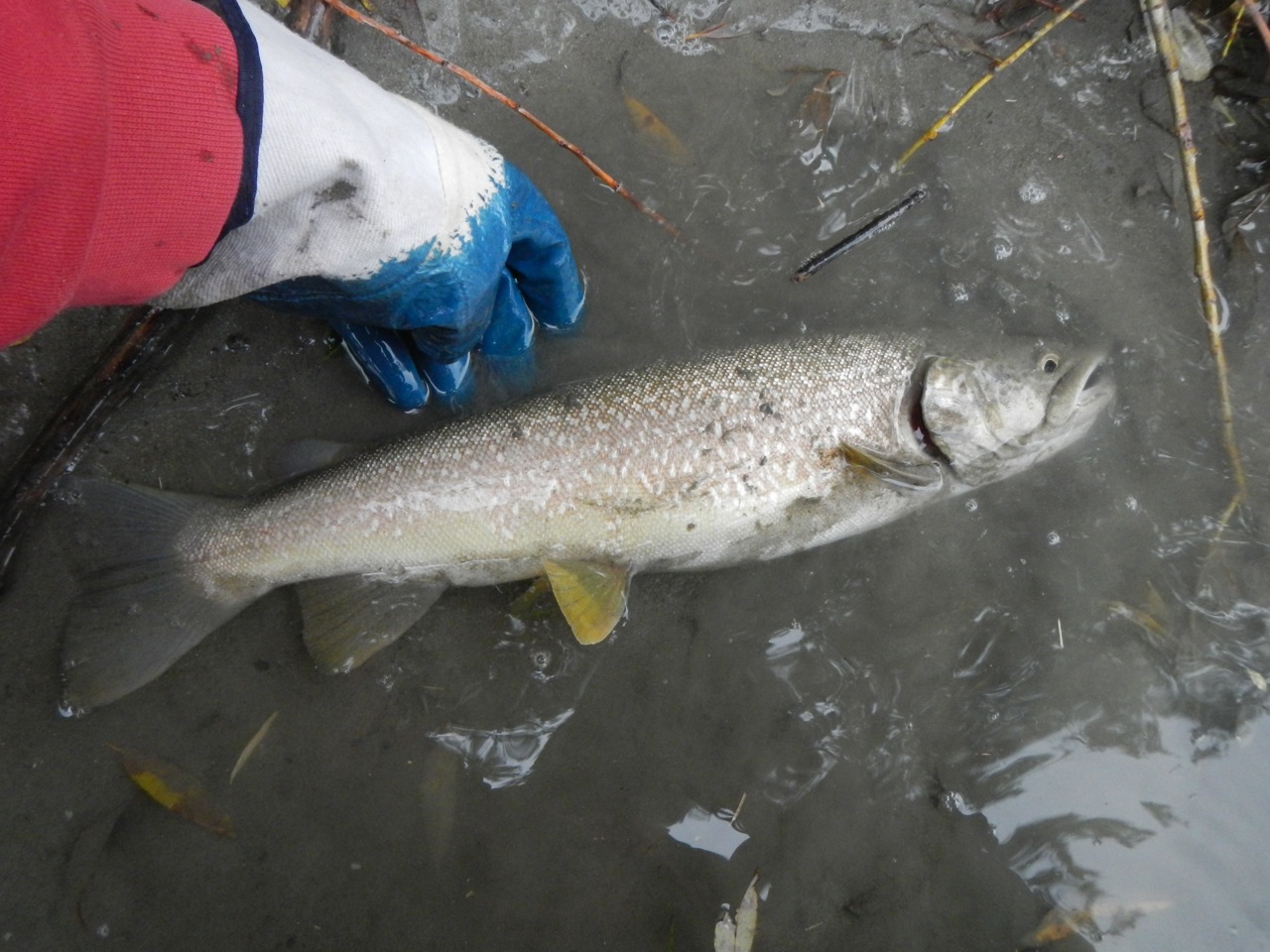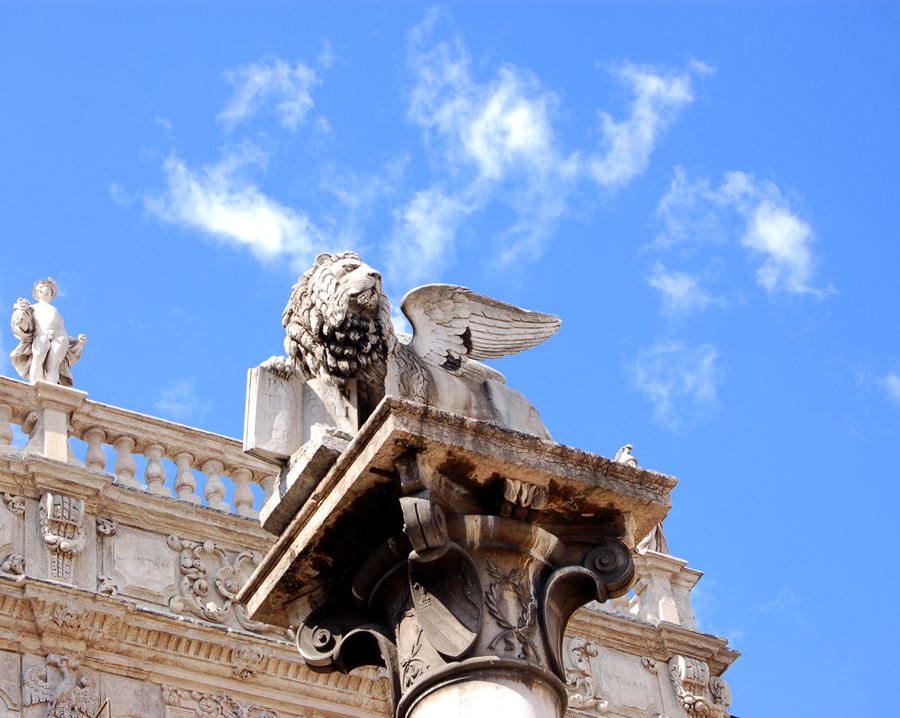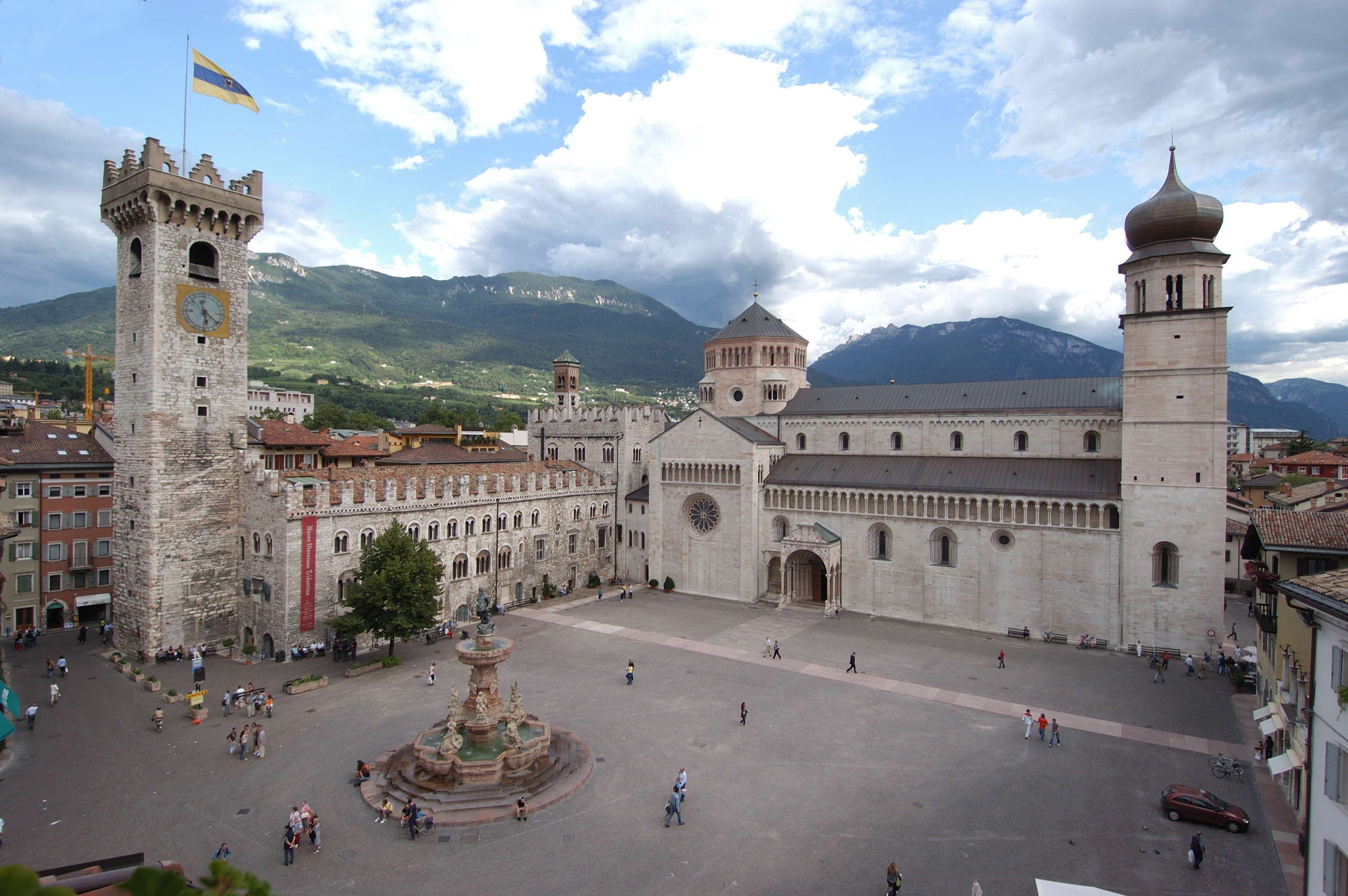|
Adige Basin
The Adige is the second-longest river in Italy, after the Po. It rises near the Reschen Pass in the Vinschgau in the province of South Tyrol, near the Italian border with Austria and Switzerland, and flows through most of northeastern Italy to the Adriatic Sea. The name of the river is of unknown origin. Nineteenth-century theories, such as a derivation from the Proto-Celtic 'the water', and alleged to be cognate with the River Tees in England (anciently ''Athesis'', ''Teesa''), have never been accepted by Celtic onomasts and are now completely obsolete. Description The river source is near the Reschen Pass () close to the borders with Austria and Switzerland above the Inn Valley. It flows through the artificial alpine Lake Reschen. The lake is known for the church tower that marks the site of the former village of Alt Graun ("Old Graun"); it was evacuated and flooded in 1953 after the dam was finished. Near Glurns, the Rom River joins from the Swiss Val Müstair. The A ... [...More Info...] [...Related Items...] OR: [Wikipedia] [Google] [Baidu] |
Verona
Verona ( ; ; or ) is a city on the Adige, River Adige in Veneto, Italy, with 255,131 inhabitants. It is one of the seven provincial capitals of the region, and is the largest city Comune, municipality in the region and in Northeast Italy, northeastern Italy. The metropolitan area of Verona covers an area of and has a population of 714,310 inhabitants. It is one of the main tourist destinations in Northern Italy because of its artistic heritage and several annual fairs and shows as well as the Opera, opera season in the Verona Arena, Arena, an ancient Ancient Rome, Roman Amphitheatre, amphitheater. Between the 13th and 14th centuries, the city was ruled by the Scaliger, della Scala family. Under the rule of the family, in particular of Cangrande I della Scala, the city experienced great prosperity, becoming rich and powerful and being surrounded by new walls. The della Scala era is preserved in numerous monuments around Verona. Two of William Shakespeare's plays are set in Ve ... [...More Info...] [...Related Items...] OR: [Wikipedia] [Google] [Baidu] |
Val Müstair
Val Müstair () is a municipality in the Engiadina Bassa/Val Müstair Region in the Swiss canton of Graubünden. It was formed on 1 January 2009 through the merger of Tschierv, Fuldera, Lü, Valchava, Santa Maria Val Müstair and Müstair. Demographics Val Müstair had a population (as of ) of . Geography The Val Müstair ( German: ''Münstertal'', ) is a mountain valley in the Swiss Alps. It connects the Fuorn Pass, () with the Italian province of South Tyrol and the Vinschgau (). The Benedictine Convent of Saint John at Müstair (''monastery''), a World Heritage Site, was probably founded by Charlemagne, sharing history with its neighbor, the Marienberg Abbey. The most important villages in the Val Müstair are: Tschierv (), Valchava (), Sta. Maria (), Müstair () (all Swiss) and Taufers im Münstertal in South Tyrol. There are no other inhabited connected valleys, but the road over the Umbrail Pass (and the Stelvio Pass) is connected with Sta. Maria ... [...More Info...] [...Related Items...] OR: [Wikipedia] [Google] [Baidu] |
Veneto
Veneto, officially the Region of Veneto, is one of the 20 regions of Italy, located in the Northeast Italy, north-east of the country. It is the fourth most populous region in Italy, with a population of 4,851,851 as of 2025. Venice is the region's capital while Verona is the largest city. Veneto was part of the Roman Empire until the 5th century AD. Later, after a Feudalism, feudal period, it was part of the Republic of Venice until 1797. Venice ruled for centuries over one of the largest and richest maritime republics and trade empires in the world. After the Napoleonic Wars and the Congress of Vienna, the Venetian Province, former Republic was combined with Lombardy and re-annexed to the Austrian Empire as the Kingdom of Lombardy–Venetia, until that was Italian unification, merged with the Kingdom of Italy in 1866, as a result of the Third Italian War of Independence and of a Plebiscite of Veneto of 1866, plebiscite. Besides Italian language, Italian, most inhabitan ... [...More Info...] [...Related Items...] OR: [Wikipedia] [Google] [Baidu] |
Trentino
Trentino (), officially the Autonomous Province of Trento (; ; ), is an Autonomous province#Italy, autonomous province of Italy in the Northern Italy, country's far north. Trentino and South Tyrol constitute the Regions of Italy, region of Trentino-Alto Adige/Südtirol, an autonomous region under the constitution. The province is composed of 166 ''comuni'' (: ''comune''). Its capital is the city of Trento (Trent). The province covers an area of more than , with a total population of 541,098 in 2019. Trentino is renowned for its Mountain, mountains, such as the Dolomites, which are part of the Alps. Etymology The province is generally known as "Trentino". The name derives from Trento, the capital city of the province. Originally, the term was used by the local population only to refer to the city and its immediate surroundings. Under former Austrian Empire, Austrian rule, which began in the 19th century (previously, Trentino was governed by the local bishop), the common German ... [...More Info...] [...Related Items...] OR: [Wikipedia] [Google] [Baidu] |
Avisio
The Avisio is an Italian stream (a '' torrente''), a left tributary of the Adige, whose course is in Trentino. It rises from Marmolada and runs through the Fascia Valley, the Fiemme Valley and the Cembra Valley before joining the Adige in the town of Lavis, a small town north of Trento Trento ( or ; Ladin language, Ladin and ; ; ; ; ; ), also known in English as Trent, is a city on the Adige, Adige River in Trentino-Alto Adige/Südtirol in Italy. It is the capital of the Trentino, autonomous province of Trento. In the 16th .... Etymology of Avisio The name "Avisio" is documented around 1050 AD as ''supra fluvium qui vocatur Auis'', and in 1200 AD as ''ponte Avisi''. It is most likely derived from the Gallic word ''abisjo'', meaning "watercourse," which itself originates from the Proto-Indo-European root ''abì'', meaning "water". Course of the Avisio River The Avisio River originates from the Marmolada, flowing through the Val di Fassa, Val di Fiemme, and Val d ... [...More Info...] [...Related Items...] OR: [Wikipedia] [Google] [Baidu] |
Trento
Trento ( or ; Ladin language, Ladin and ; ; ; ; ; ), also known in English as Trent, is a city on the Adige, Adige River in Trentino-Alto Adige/Südtirol in Italy. It is the capital of the Trentino, autonomous province of Trento. In the 16th century, the city was the location of the Council of Trent. Formerly part of Austrian Empire, Austria and Austria-Hungary, it was annexed by Kingdom of Italy, Italy in 1919. With 118,142 inhabitants, Trento is the third largest city in the Alps and second largest in the historical region of Tyrol. Trento is an educational, scientific, financial and political centre in Trentino-Alto Adige/Südtirol, in Tyrol and Northern Italy in general. The city contains a picturesque Medieval and Renaissance historic centre, with ancient buildings such as Trento Cathedral and the Castello del Buonconsiglio. Together with other Alpine towns Trento engages in the Alpine Town of the Year Association for the implementation of the Alpine Convention to achie ... [...More Info...] [...Related Items...] OR: [Wikipedia] [Google] [Baidu] |
Sprachraum
In linguistics, a sprachraum (; , "language area", plural sprachräume, ) is a geographical region where a common first language (mother tongue), with dialect varieties, or group of languages is spoken. Characteristics Many sprachräume are separated by national borders, whilst others are separated by oceans or ethnolinguistic boundaries. The five major Western sprachräume (by number of speakers) are those of English, Spanish, French, Portuguese, and German. The English Sprachraum (Anglosphere) spans the globe from the United Kingdom, Ireland, United States, Canada, Australia, and New Zealand to the many former British and American colonies in which English has official language status alongside local languages, such as India, South Africa, and the Philippines. The Spanish Sprachraum, known as the Hispanosphere, originated in the Iberian Peninsula but today most Spanish speakers are in Hispanic America. Of all countries with a majority of Spanish speakers, only Spain an ... [...More Info...] [...Related Items...] OR: [Wikipedia] [Google] [Baidu] |
Deutschlandlied
The "", officially titled "", is a German poem written by August Heinrich Hoffmann von Fallersleben . A popular song which was made for the cause of creating a unified German state, it was adopted in its entirety in 1922 by the Weimar Republic, replacing the de facto anthem " Heil dir im Siegerkranz". The first stanza of "Deutschlandlied" was used alongside the " Horst-Wessel-Lied" during the Nazi regime from 1933 until the end of World War II. On the proclamation of the German Federal Republic, the entirety of the song was still the official anthem, though only the 3rd verse was sung. Since 1991 and the subsequent Reunification of Germany, the third verse is the national anthem, though the 1st and 2nd verses are sometimes performed accidentally. Its phrase "" ('Unity and Justice and Freedom') is considered the unofficial national motto of Germany, and is inscribed on modern German Army belt buckles and the rims of some German coins. The music is derived from that of " ... [...More Info...] [...Related Items...] OR: [Wikipedia] [Google] [Baidu] |
Salorno
Salorno sulla Strada del Vino (; ) is the southernmost ''comune'' (municipality) and a village in South Tyrol in northern Italy, located about southwest of the city of Bolzano. It is one of only five mainly Italian-speaking municipalities in South Tyrol. Geography The village centre is located on a scree in the Adige (''Etsch'') valley, about northeast of the city of Trento and about southwest of Bolzano. Parts of the municipal area belong to the Trudner Horn Nature Park nature reserve, which is part of the Natura 2000 network. Salorno station is a stop on the Brenner Railway line from Innsbruck to Verona. In the northwest, Salorno borders the South Tyrolean municipalities of Kurtinig, Margreid, Montan, and Neumarkt. In the east and south it borders the Trentino municipalities of Altavalle, Capriana, Cembra Lisignago, Giovo, Grauno, Grumes, Mezzocorona, Roverè della Luna and Valda. The ''Chiusa di Salorno'' (''Salurner Klause''), a narrow section of the Adige ... [...More Info...] [...Related Items...] OR: [Wikipedia] [Google] [Baidu] |
Brenner Pass
The Brenner Pass ( , shortly ; ) is a mountain pass over the Alps which forms the Austria-Italy border, border between Italy and Austria. It is one of the principal passes of the Alps, major passes of the Eastern Alpine range and has the lowest altitude among Alpine passes of the area. Dairy cattle graze in alpine pastures throughout the summer in valleys beneath the pass and on the mountain slopes. At lower altitudes, farmers log pine trees, plant crops and harvest hay for winter fodder. Many of the high pastures are at an altitude of over ; a small number stand high in the mountains at around . The central section of the Brenner Pass covers a four-lane motorway and railway tracks connecting Bolzano, Bozen/Bolzano in the south and Innsbruck to the north. The village of Brenner consists of an outlet shopping centre (supermarkets and stores), fruit stores, restaurants, cafés, hotels and a gas station. It has a population of 400 to 600 (). Etymology Older, obsolete theories ... [...More Info...] [...Related Items...] OR: [Wikipedia] [Google] [Baidu] |
Eisack
The Eisack (, ; ; or ) is a river in Northern Italy, the second largest river in South Tyrol. Its source is near the Brenner Pass, at an altitude of about 1990 m above sea level. The river draws water from an area of about 4,200 km2. After about 96 km, it joins the Adige river south of Bolzano. At first the river flows through the Wipptal and after the village of Vahrn through the Eisacktal. Its source is sung of in the ''Bozner Bergsteigerlied'' as the northern frontier of the South Tyrolean homeland. The major towns and villages along the course of the river are Sterzing, Franzensfeste, Brixen, Klausen, South Tyrol, Klausen, Waidbruck and finally the capital city of the province. In Brixen it merges with the Rienz. Several smaller creeks are tributaries, including the Ridnauner Bach, the Pflerscher Bach, the Pfitscher Bach, the Villnößer Bach, the Derjon, the Braibach (also known as Tierser Bach), the Eggentaler Bach and the Talfer flowing from Sarntal. The Eisack i ... [...More Info...] [...Related Items...] OR: [Wikipedia] [Google] [Baidu] |
Etschtal
The Etschtal, , is the name given to a part of alpine valley of the Adige in Trentino-Alto Adige, Italy, which stretches from Merano to Bolzano and from Salorno to Rovereto. South of Rovereto, the valley's name changes to Vallagarina, but Val d'Adige is often used to define the whole river valley, up to its entrance into the Padan Plain The Po Valley, Po Plain, Plain of the Po, or Padan Plain (, , or ) is a major geographical feature of northern Italy. It extends approximately in an east-west direction, with an area of including its Venetian Plain, Venetic extension not actu .... The valley separates: at the top, the Alps (to the West) from the Dolomites (to the East); at the bottom the Pre-Alps and Lake Garda (to the West) from the Venetian pre-Alps (to the East). Images ReferencesAlpenverein South Tyrol {{Authority control Valleys of South Tyrol ... [...More Info...] [...Related Items...] OR: [Wikipedia] [Google] [Baidu] |






